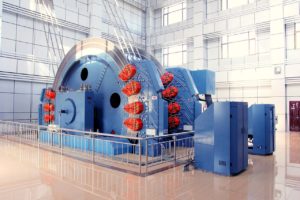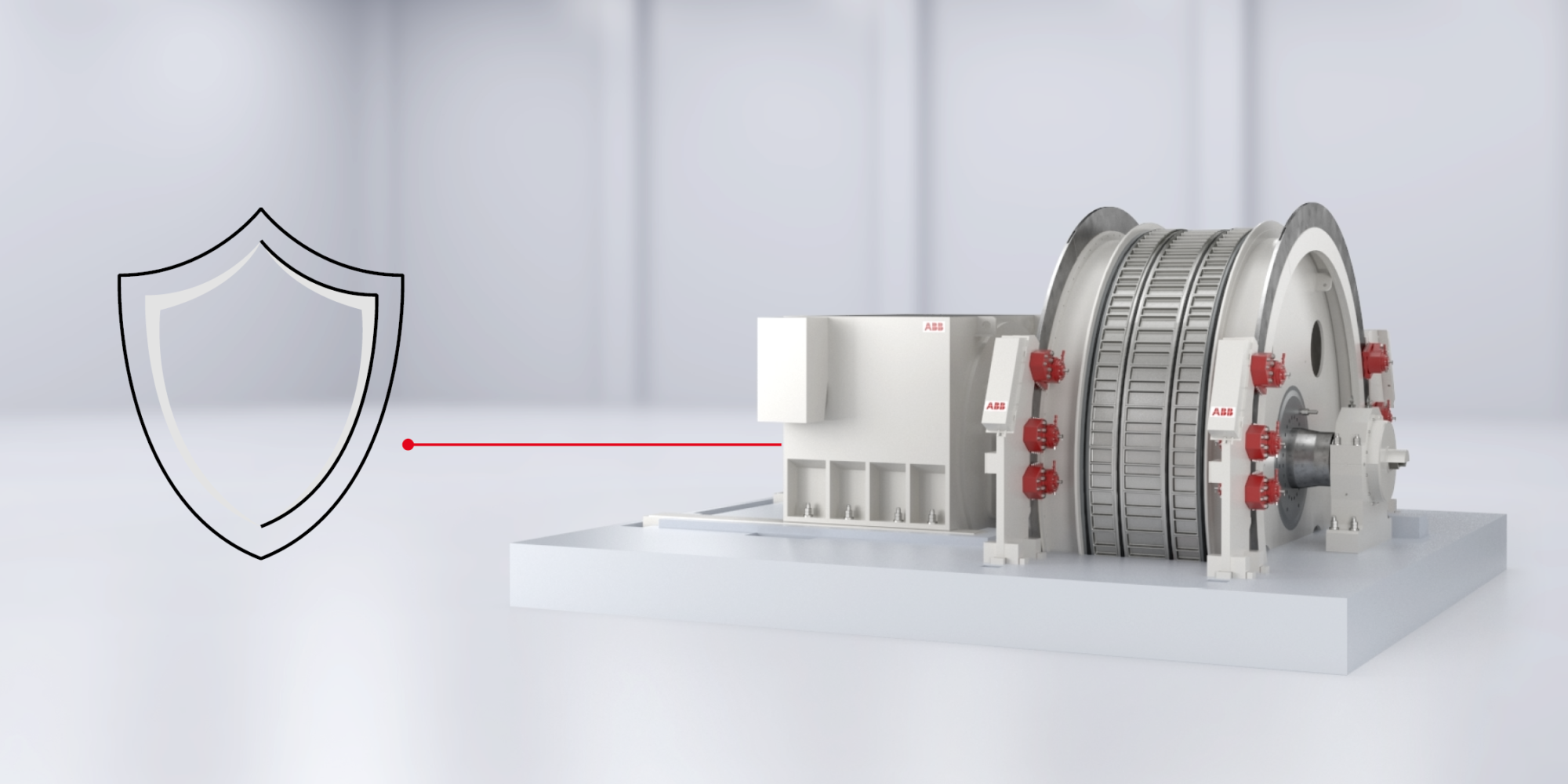Global technology company ABB has launched ABB AbilityTM Safety Plus for hoists, a suite of mine hoist safety products that it says brings the highest level of personnel and equipment safety available to the mining industry. Paul Moore spoke to Tim Gartner, Global Product Manager for Mine Hoist Electrification Systems and Oswald Deuchar, Global Product Line Manager for Hoisting
What is the new ABB Ability Safety Plus for hoists?
OD: It is a suite of products that we have developed that takes mine hoist safety into a different league. Equipment up to now has of course been designed and engineered according to certain industry standards, but never to the level we have now gone to by adhering to the IEC SIL3 standards. The new solution has gone through what we would term the V model in the IEC standards, where every component is rigorously tested from software to hardware, involving a significantly greater amount of engineering design and documentation. It’s not that equipment designed under the current approach from us and our major competitors wasn’t safe, as it was developed over years of experience, it is more about taking it to the highest possible level of safety based on the latest technology.
TG: SafetyPlus for Hoists is a platform of three products – Safety Plus Hoist Monitor (SPHM), Safety Plus Hoist Protector (SPHP) and Safety Plus Brake System (SPBS) – these have all been designed to the SIL3 level of the standard IEC 62061 which relates to “Safety of machinery: Functional safety of electrical, electronic and programmable electronic control systems” and this is the highest you can apply to a machine currently. It has been certified also by an independent body as part of that process who followed the engineering stages as well as witnessed a lot of the testing. The SIL standards also specify probability of a dangerous failure – with SIL3 these are very very low indeed. And it is significant that it is independently verified, not just ABB saying it is safe.

Has this been driven by regulation and are there any regions that legally require this level of safety? Or ABB wanting to achieve the greatest safety possible, or customers asking you for this?
OD: It is really all of these. As an example, regulations in Sweden require SIL2 for production hoists and SIL3 for man riding hoists and in Australia there are rules that came in during the early 2000s that have evolved to SIL2 now being required as a minimum. In Canada, certain jurisdictions are also looking at SIL and starting to specify it. But there are also global mining customers who have also been asking for SIL2 and SIL3 on projects we have recently been installing where it wasn’t legally needed but they wanted it. In ABB’s opinion there isn’t much of a cost difference for the customer to go from SIL2 to SIL3, the difference is in our development but we wanted to aim for the highest possible anticipating regulatory requirements going forward. There is a cost difference from a standard solution to an SIL rated solution, so in certain parts of the world where it isn’t mandated we will still offer a standard option if that is what the customer wants as we need to remain competitive.

Oswald Deuchar, ABB Global Product Line Manager for Hoisting
Is it just for new projects or can the technology be retrofitted to existing hoists? Will it only be applied to ABB hoists?
OD: We always said during the development that it needs to be able to offered as a standalone system as well as part of a fully fledged ABB mine hoist system. So if a customer wants just the monitoring part as a first step we can do that then take them through the other parts over time to spread out the investment.
TG: As an example, because SIL2 is legislated in Australia, we have retrofitted new technology on a lot of mine hoists there, both those from ABB and those from competitors. In terms of SIL3 in order to refrofit say the brake system on a competitor hoist we would also have to supply new PLC control system as well as new hydraulics. On our hoists, the technology will work with any of ABB’s PLC hoist control systems. We have also integrated it into ABB’s mine hoist digital platform – Performance Optimization for Hoists. Managers are already able to view remotely key stats on the brake system for example such as deceleration rates or brake pressures. Also trends such as emergency stops over the past year.

Tim Gartner, ABB Product Manager for Mine Hoist Electrification Systems
Can you outline any current installations and is it already being factored into feasibility studies and technical reports for new hoist projects?
OD: We can’t name customers but SIL technology is already running in Sweden, Australia and South-east Asia plus it is part of projects currently under construction in South Africa and Finland. Plus we recently commissioned the first ever SIL3 certified hoist. And things are moving quickly in Canada where we expect several SIL2 and SIL3 rated examples to be in place within the year. The technology is being applied across the different commodities such as gold, base metals and potash, as well as across different hoist types including friction, double drum and single drum systems.
TG: On feasibility projects, we are working with all of the major EPC players and many of the mining houses and actually offering them consulting services on functional safety as we are acknowledged global experts on this in relation to mine hoists. Working with customers it also means training them in necessary maintenance procedures to maintain SIL certification; we are also recommending a regular – such as once a year – functional safety audit.
Are you the first to have SIL3 rated safety available for mine hoists?
OD: Some competitors are looking to get individual projects certified as SIL3 compliant but ABB is the only company to have a complete SIL3 certified system. So we are certified on a product and overall solution basis not just by project and there is a big difference.











